According to legend, the púca is a deft shapeshifter, capable of assuming a variety of terrifying or pleasing forms, and may appear as a horse, rabbit, goat, goblin, or dog. No matter what shape the púca takes, its fur is almost always dark. It most commonly takes the form of a sleek black horse with a flowing mane and luminescent golden eyes.
If a human is enticed onto a púca's back, it has been known to give them a wild ride; however, unlike a kelpie, which will take its rider and dive into the nearest stream or lake to drown and devour him/her, the púca will do its rider no real harm. Pooka are also known as great chefs, but only operate in their own Village. However according to some folklorists the only man ever to ride the púca was Brian Boru, High King of Ireland, by using a special bridle incorporating three hairs of the púca's tail. The púca has the power of human speech, and has been known to give advice and lead people away from harm. Though the púca enjoys confusing and often terrifying humans, it is considered to be benevolent.
Regarding being considered menacing or beneficent, fairy mythologist Thomas Keightley said "notions respecting it are very vague," and in a brief description gives an account collected by Croker from a boy living near Killarney that "old people used to say that the Pookas were very numerous...long ago..., were wicked-minded, black-looking, bad things...that would come in the form of wild colts, with chains hanging about them." and that did much to harm unwary travellers. Also, children were warned not to eat overripe blackberries, because this was a sign that the pooka has befouled them.
In contrast, the phouka is represented as being helpful to farmers by Lady Wilde, who relates the following tale. A farmer's son named Phadraig one day noticed the invisible presence of the phouka brushing by, and called out to him, offering a coat. The phouka appeared in the guise of a young bull, and told him to come to the old mill at night. From that time onward, the phoukas came secretly at night and performed all the work of milling the sacks of corn into flour. Phadraig fell asleep the first time, but later concealed himself in a chest to catch sight of them, and later made a present of a fine silk suit. This unexpectedly caused the phoukas to go off to "see a little of the world" and cease their work. But by then the farmer's wealth allowed him to retire and give his son an education. Later, at Phadraic's wedding, the phouka left a gift of a golden cup filled with drink that evidently ensured their happiness.
However, there are also some stories of phookas being blood-thirsty and vampire-like creatures. Other stories even say some are man eating beings, hunting down, killing, and eating their victims.
It is curious to know that certain agricultural traditions surround the púca. It is a creature associated with Samhain, a Goidelic harvest festival, when the last of the crops are brought in. Anything remaining in the fields is considered "puka", or fairy-blasted, and hence inedible. In some locales, reapers leave a small share of the crop, the "púca's share", to placate the hungry creature. Nonetheless, 1 November is the púca's day, and the one day of the year when it can be expected to behave civilly. At the beginning of November, the púca was known — in some locales— to either defecate or to spit on the wild fruits rendering them inedible and unsafe thenceforth.
In some regions, the púca is spoken of with considerably more respect than fear; if treated with due deference, it may actually be beneficial to those who encounter it. The púca is a creature of the mountains and hills, and in those regions there are stories of it appearing on November Day and providing prophecies and warnings to those who consult it. In some parts of County Down, for example, the púca is manifested as a short, disfigured goblin who demands a share of the harvest; in County Laois, it appears as a monstrous bogeyman, while in Waterford and Wexford the púca appears as an eagle with a huge wingspan and in Roscommon as a black goat.
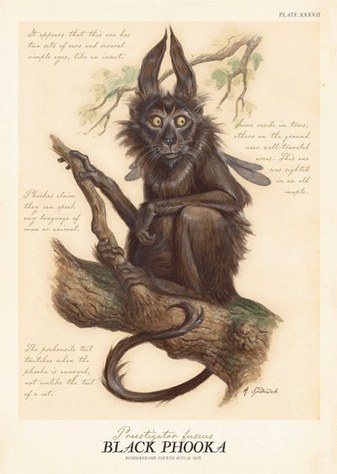
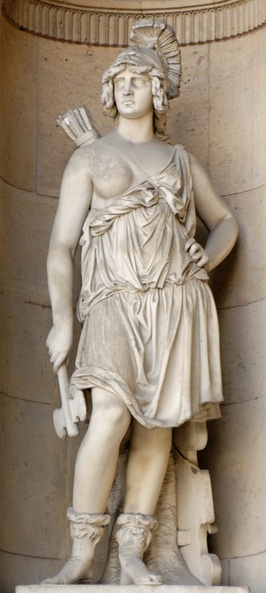
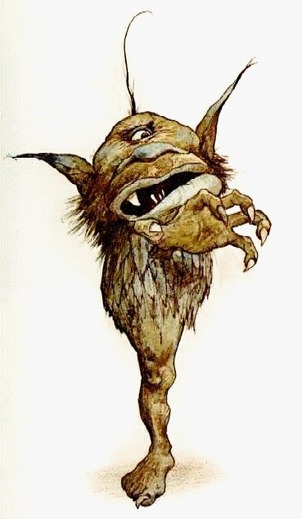
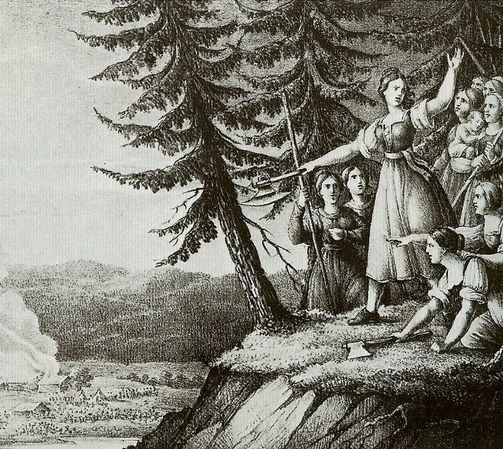
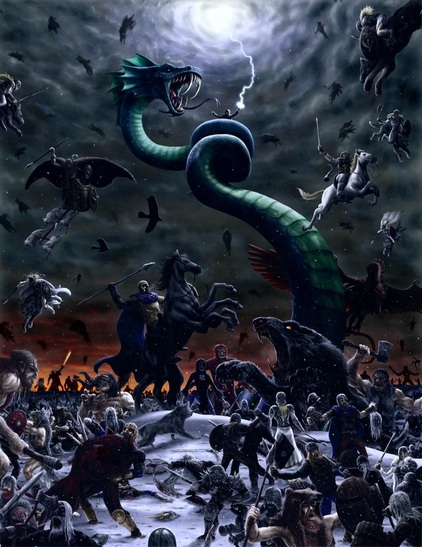
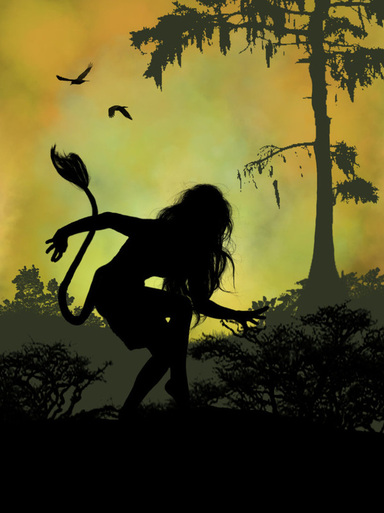
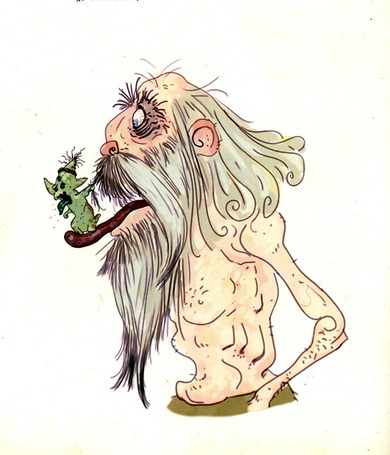
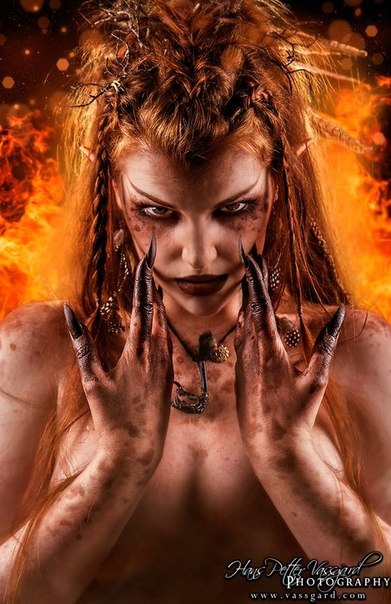
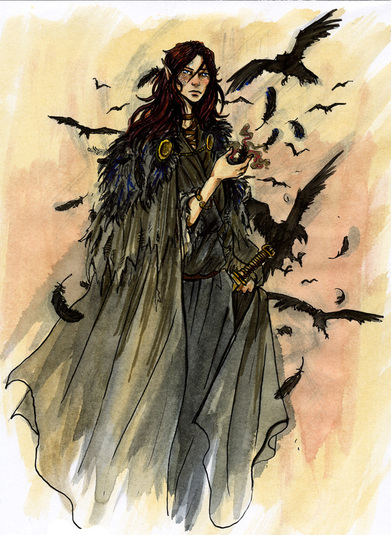
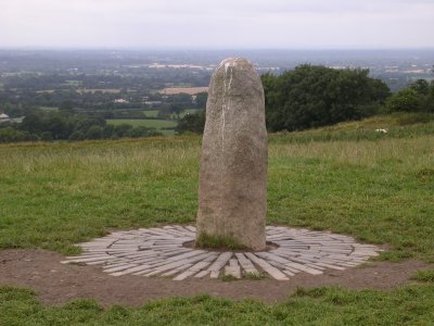
 RSS Feed
RSS Feed